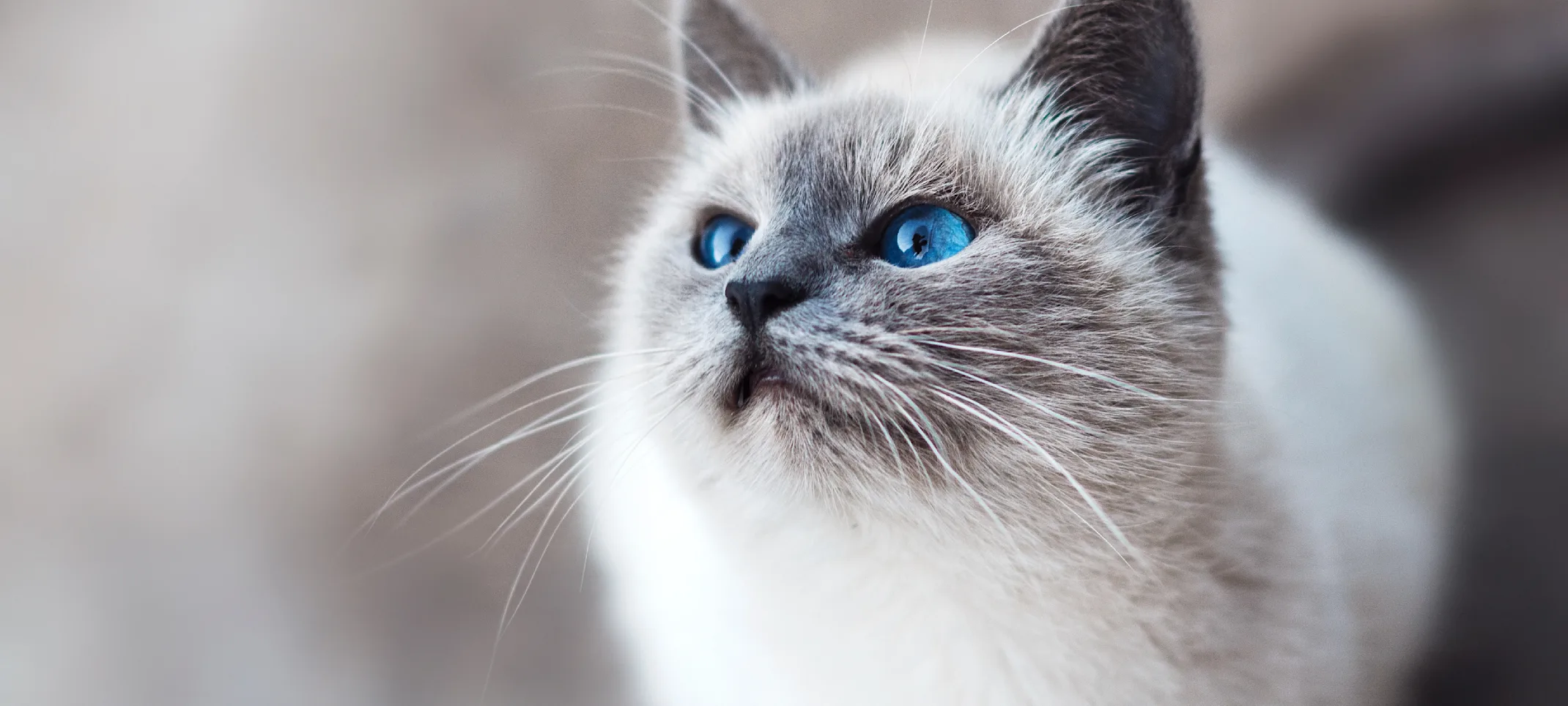May Veterinary Clinic
Ophthalmology
We can diagnose and treat a number of eye conditions your pet may be suffering from including glaucoma, cataracts, retinal diseases, and more.

Overview
Veterinary ophthalmology deals with the diagnosis and treatment of eye disorders and diseases in cats, dogs, and other animals. Eye conditions such as cataracts are fairly common in pets and may require surgery to heal, while other conditions require less intensive treatment to manage. We will work closely with you to identify the source of any eye symptoms your pet may be experiencing, and develop the best treatment plans for the long-term health of your pet’s eyes.
Why would my pet need ophthalmology treatments?
Most humans visit the eye doctor at least once a year. It is essential we keep our pet’s eyes healthy as well.
There are a number of eye disorders your pet may experience. Some of these conditions may occur as side effects of another disease your pet may have. For example, cataracts are most likely inherited from a concurrent condition such as diabetes.
When would my pet need ophthalmology treatments?
If your pet is experiencing any of the following, you should bring them in for an examination.
Watery eyes
Excessive blinking
Squinting
Redness
Puffiness
Bulging around the eyes
Sunken eyes
Dehydration
Sensitivity to light
Excessive tears
Loss of appetite
Rubbing or pawing at the face
Whining
Noticeable decrease in vision or suspected blindness
How will you treat my pet?
Depending on the diagnosis, we may recommend any of the following treatment options. Some treatments can be performed quickly, while others may require surgery.
Ultrasonic removal of cataracts
Tear duct repairs
Correction of eyelid abnormalities
Artificial eye placement
Drug therapy
Laser surgery
Corneal transplantation
Glaucoma surgery
